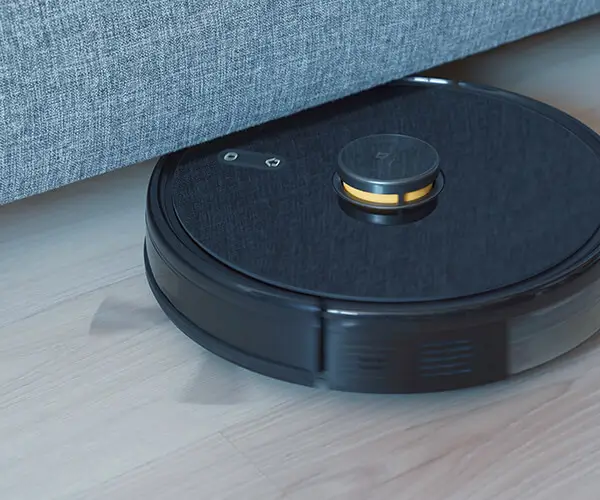Ever wondered how to make a servo motor dance to your tune using just an Arduino? It’s like giving life to your tiny robot buddy—pretty exciting, isn’t it? Whether you’re tinkering with DIY projects, building a robot arm, or just exploring the basics of robotics, mastering how to rotate a servo motor is the starting point that opens a world of possibilities. And let’s be honest, working with servo motors isn’t just about flipping switches; it’s about understanding the pulse of movement, where precision meets creativity.

First off, give your Arduino some love. Connect the servo’s power and ground pins to the Arduino’s power supply—no surprises there. Then, hook the control pin, the one that acts as the motor’s brain, to one of the PWM-capable pins on your Arduino. Piece of cake, right? But here’s the thing—using the right library makes the magic happen more smoothly. The Servo library is your best friend. Just include it, tell it which pin you’ve assigned, and you’re halfway there.
Now, imagine this: you want the servo to swing from 0 to 180 degrees. It’s straightforward. Using just a few lines of code, you tell the servo to write a position, wait a moment, then change it. But here’s where the fun kicks in—what if you want to automate continuous rotation? Maybe you’re thinking of a rotating camera mount or a clever display. For that, you might have to go beyond the simple write commands and tweak the hardware setup a bit, maybe even add some sensors for feedback.
You might ask, “How do I make it smooth?” Think about adding some delays or ramping up gradually—slow and steady wins the race. The real thrill is in experimenting. Ever tried doing a slow oscillation? Or maybe syncing the servo movement with music? It’s all about visualizing your project’s purpose and tweaking the code to match.
And don’t worry if things go haywire. Sometimes, the servo jitters or doesn’t stop at the right angle—quite common when power isn’t stable enough or wiring gets messy. Double-check your connections, ensure your power supply is solid, and maybe give the servo a dedicated power source. It’s all part of the learning curve.
Want to test your progress? Run your code, watch that servo respond, and customize the angles or delay times. It’s a satisfying feeling to see your script turn into real movement, right? That’s the real essence of working with Arduino and servo motors—a seamless blend of code and hardware.
So, next time someone says “How to rotate servo motor using Arduino,” tell them it’s about understanding the basics, playing around, and customizing based on what you want to achieve. With patience and curiosity, anyone can master it. Personal projects become more lively, more dynamic—making something move isn’t just about tech; it’s about bringing ideas to life.
Established in 2005, Kpower has been dedicated to a professional compact motion unit manufacturer, headquartered in Dongguan, Guangdong Province, China. Leveraging innovations in modular drive technology, Kpower integrates high-performance motors, precision reducers, and multi-protocol control systems to provide efficient and customized smart drive system solutions. Kpower has delivered professional drive system solutions to over 500 enterprise clients globally with products covering various fields such as Smart Home Systems, Automatic Electronics, Robotics, Precision Agriculture, Drones, and Industrial Automation.




































